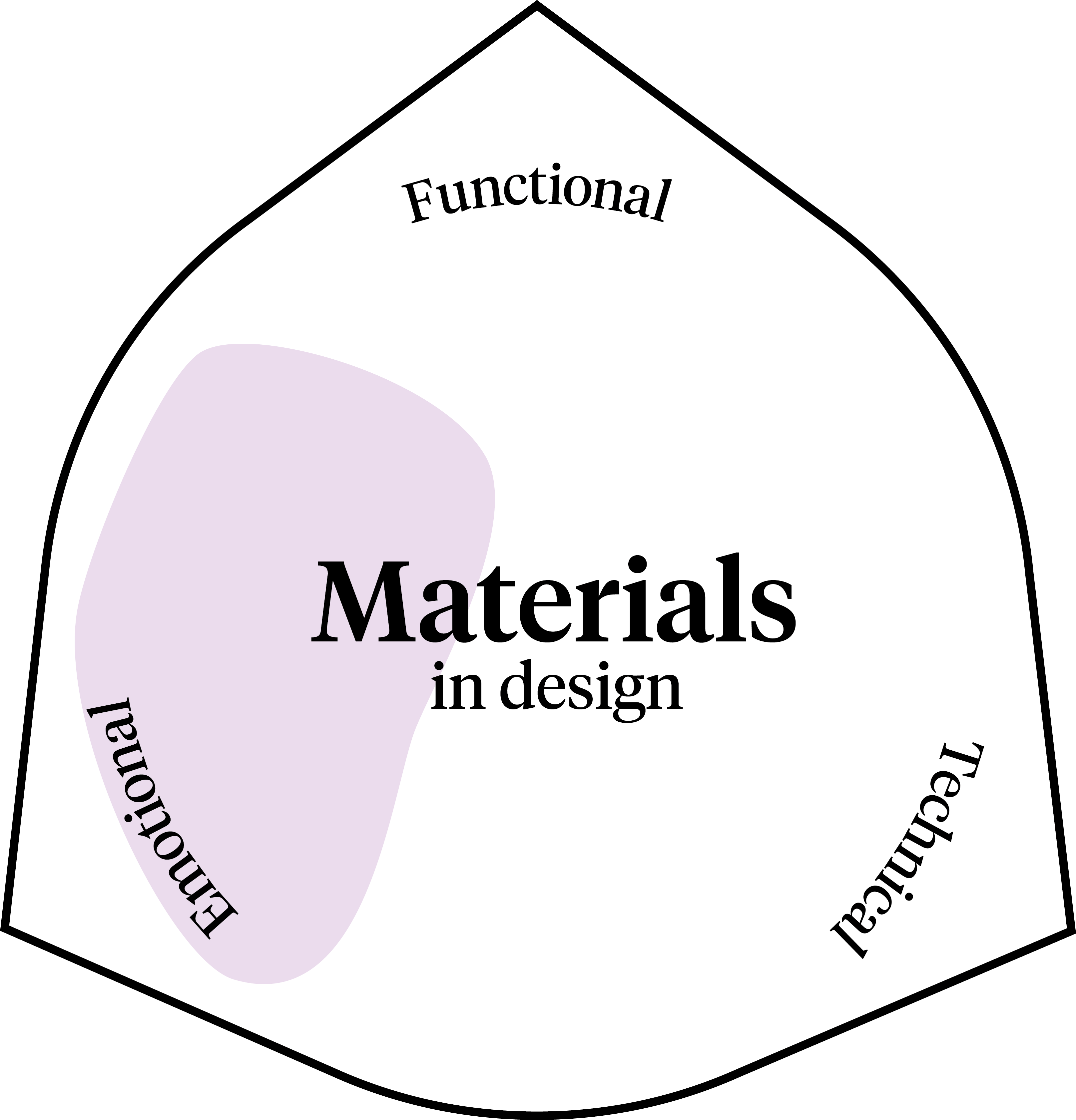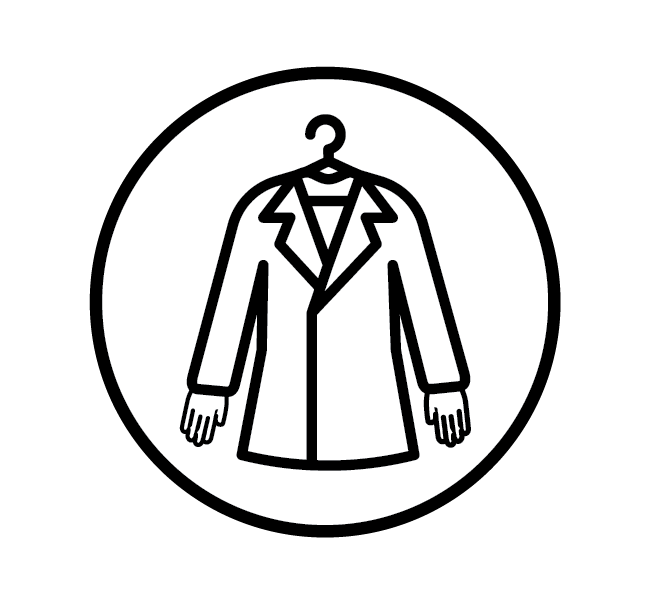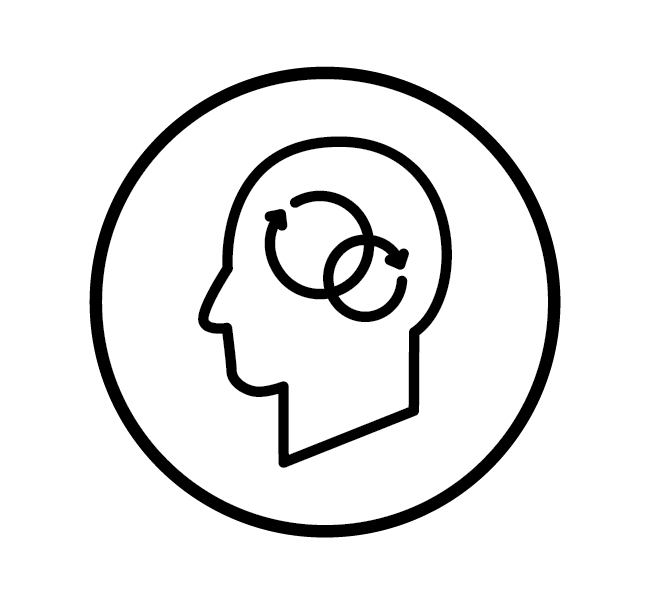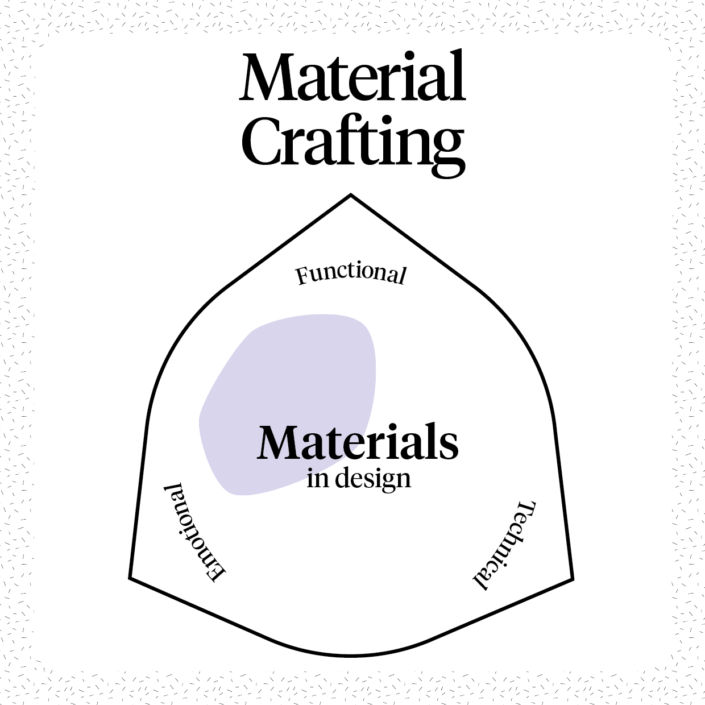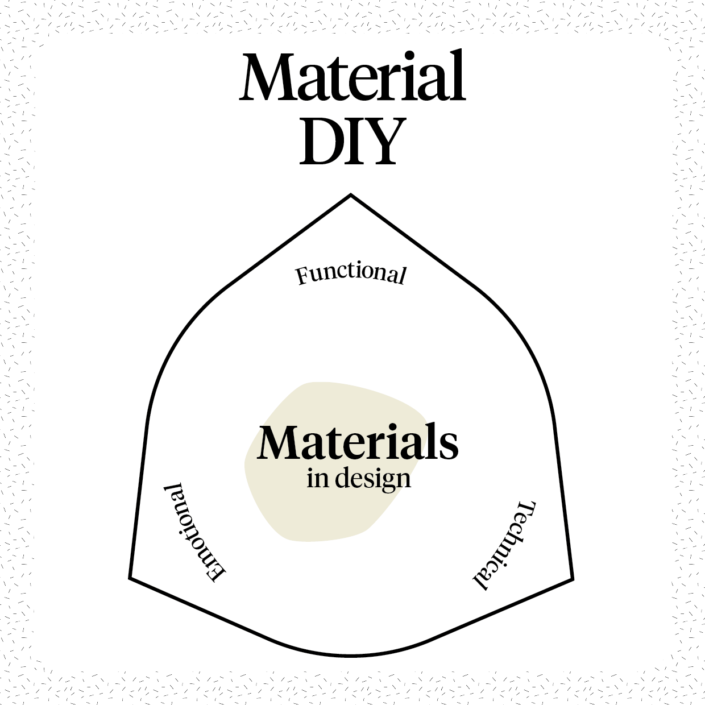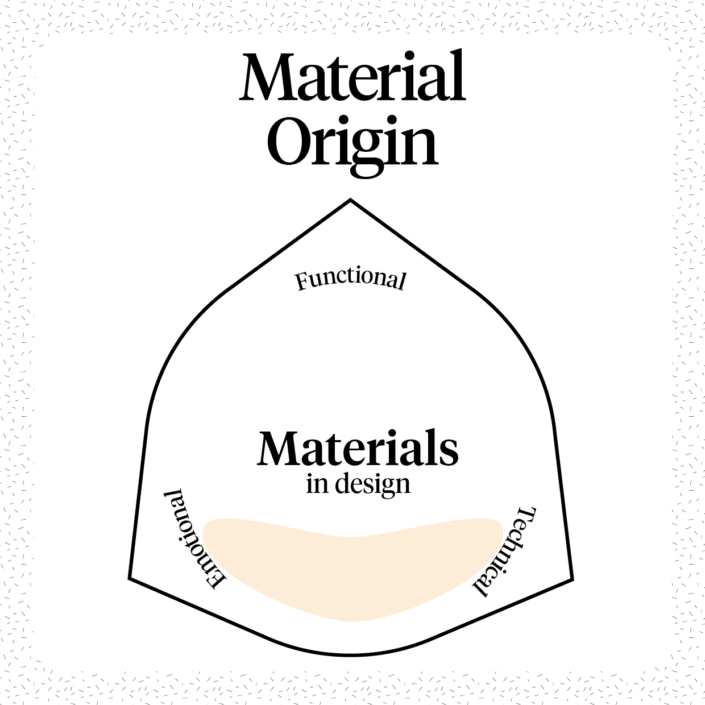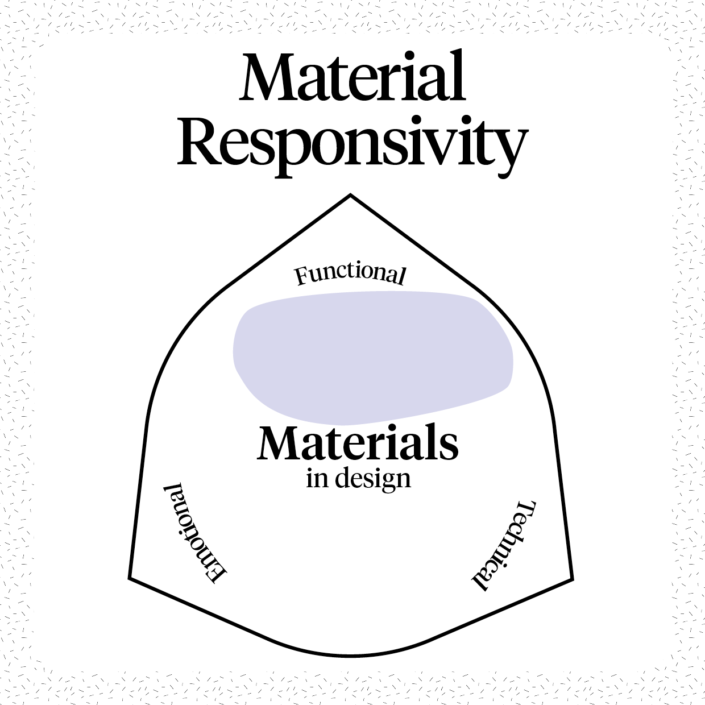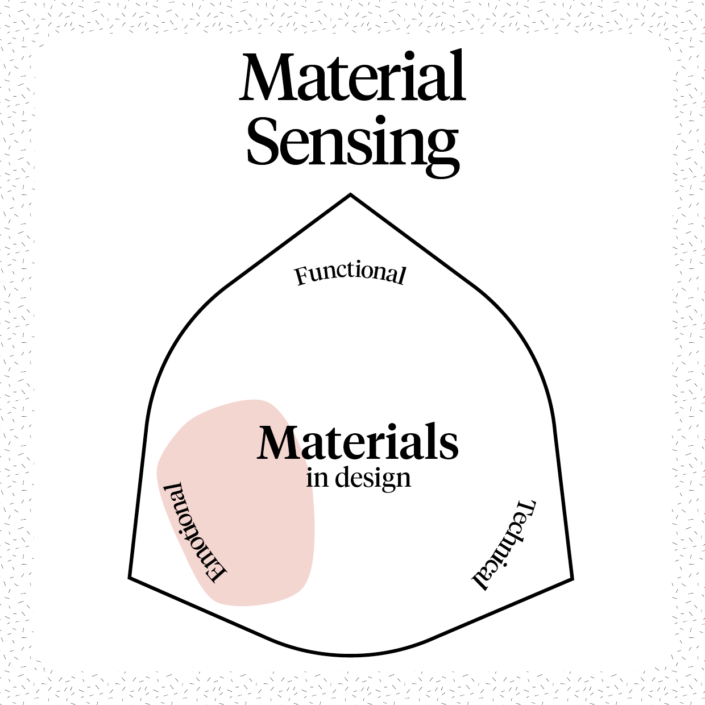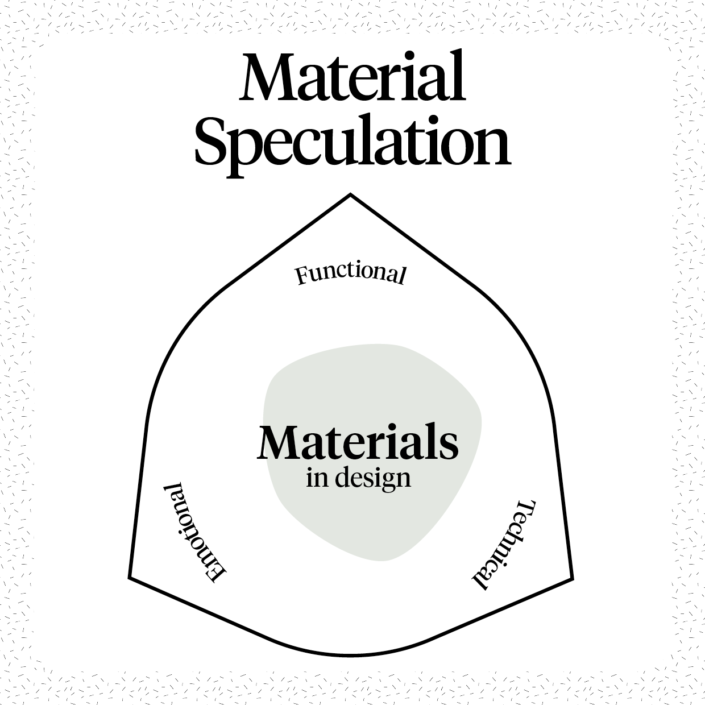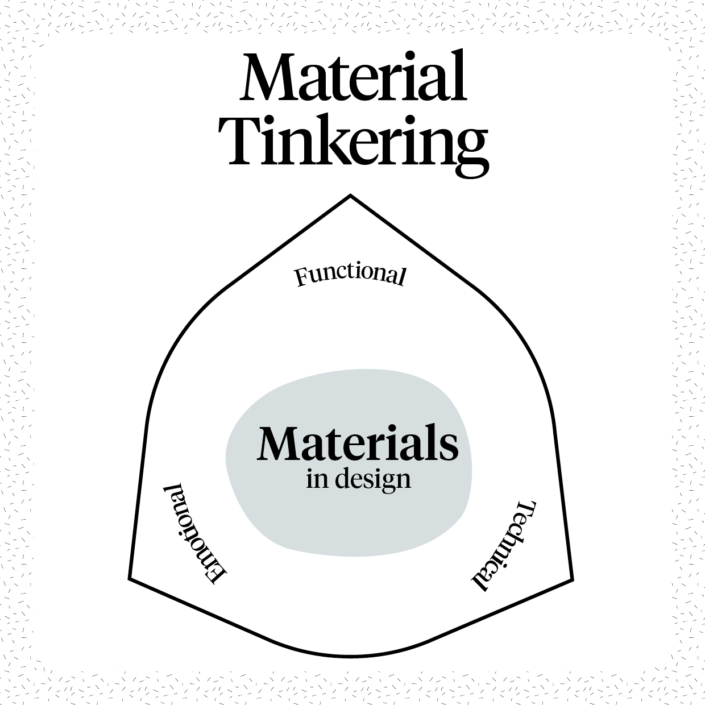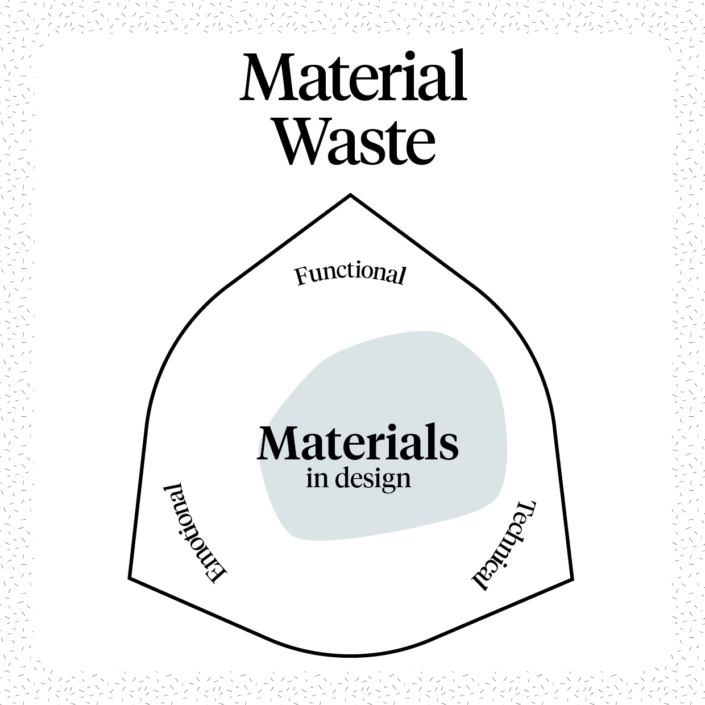What?
Material perception explores and considers the ways that materials carry cultural narratives embedded with values and meanings linked to production and use.
Why?
Awareness of cultural values and meanings embedded in materials can facilitate meaningful designs and help in choosing relevant materials within contexts. Understanding cultural material narratives can also be used to challenge and problematise inherent material perceptions and seeing new material potentials in waste-streams.
Challenges
- Understanding materials culturally, particularily from within a culture.
- Awareness and willingness of people who work with materials to reflect the material choices.
- To challenge pre-conceived notions about material applications and value.
Examples
- Jane Norris’ research on spoons as ‘narrative vehicles’ to communicate our cultural values in different times.
- The Merdacotta concept is challenging common perceptions of cow dung through giving a second life to the material in tableware.
- Billie Van Katwijk’s Ventri design project explores what happens to the value of a perceived waste material like cow stomach when brought into a luxury context.
Further Reading
Bennett (2010). Vibrant Matter: A Political Ecology of Things. Duke University Press.
Norris (2017). Polychronic Spoon Stories – Material Narrative in multi-temporal designing. Research Trough Design Conference, Edinburgh.

